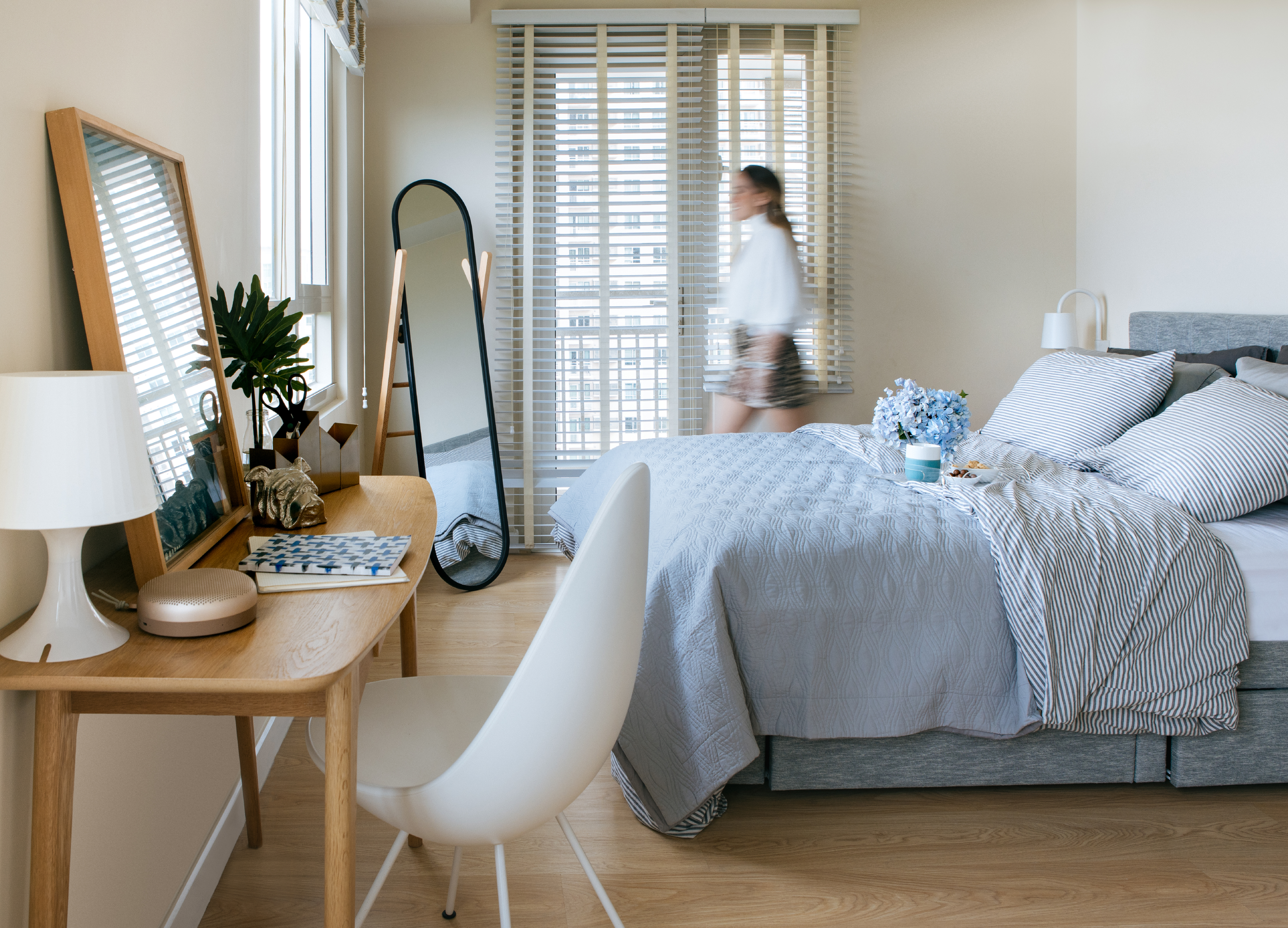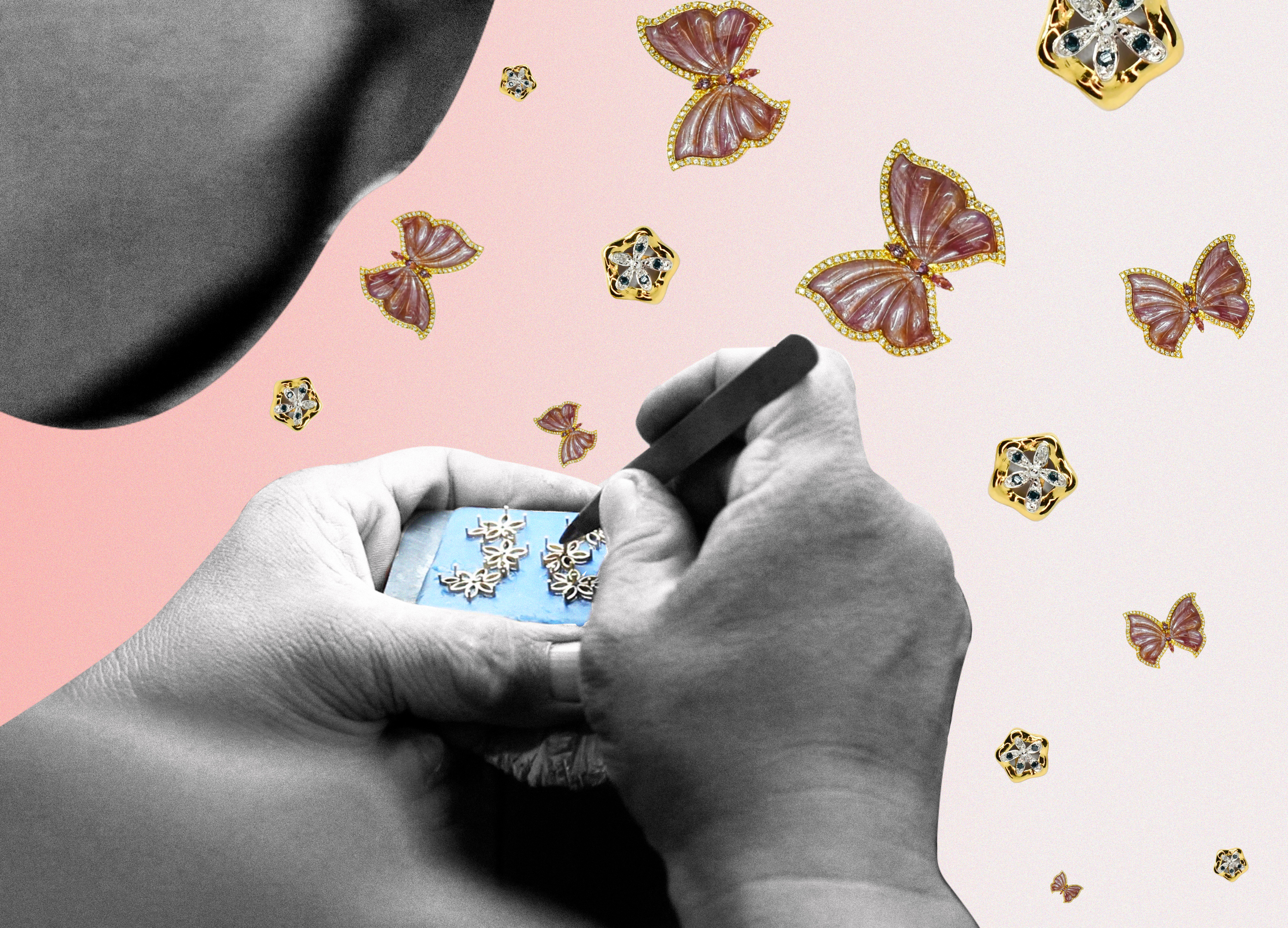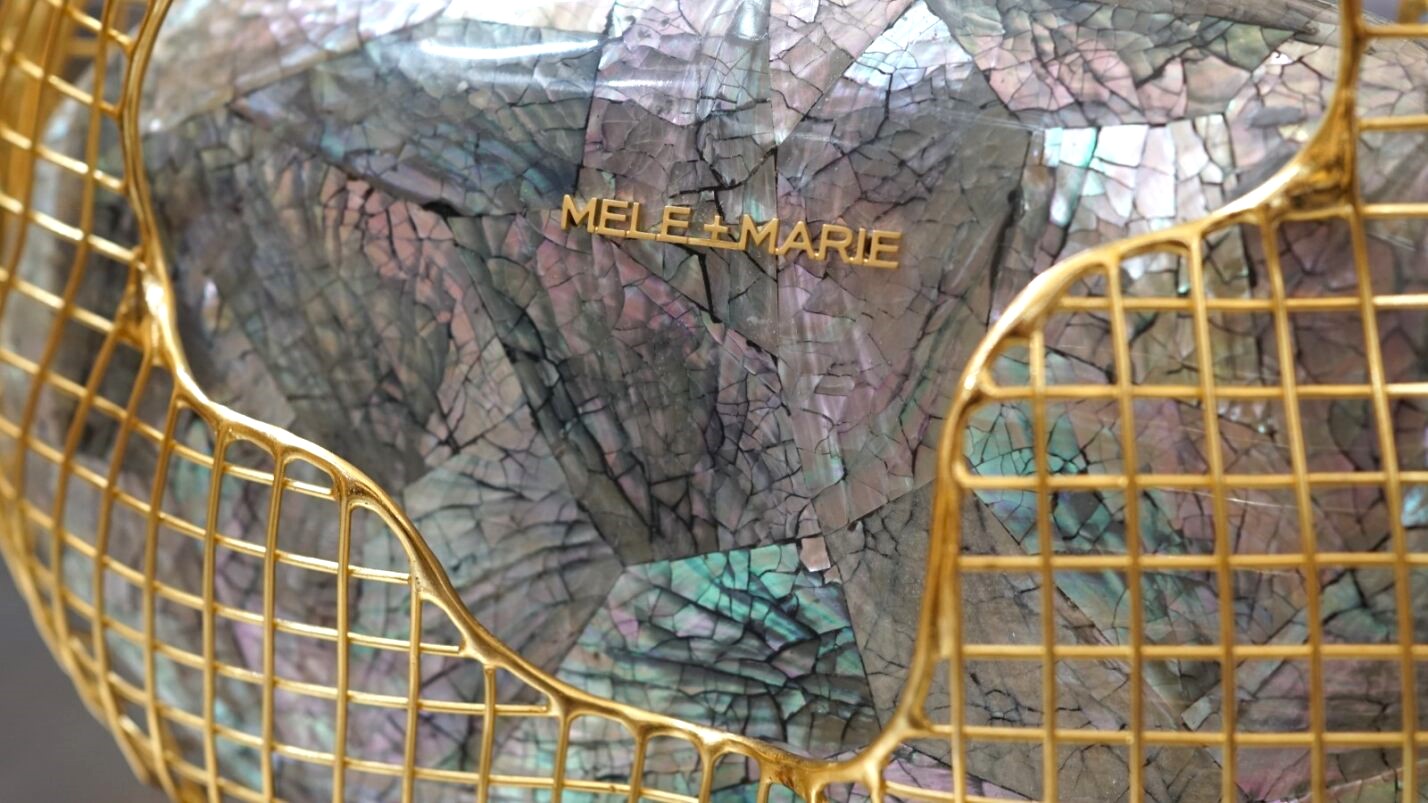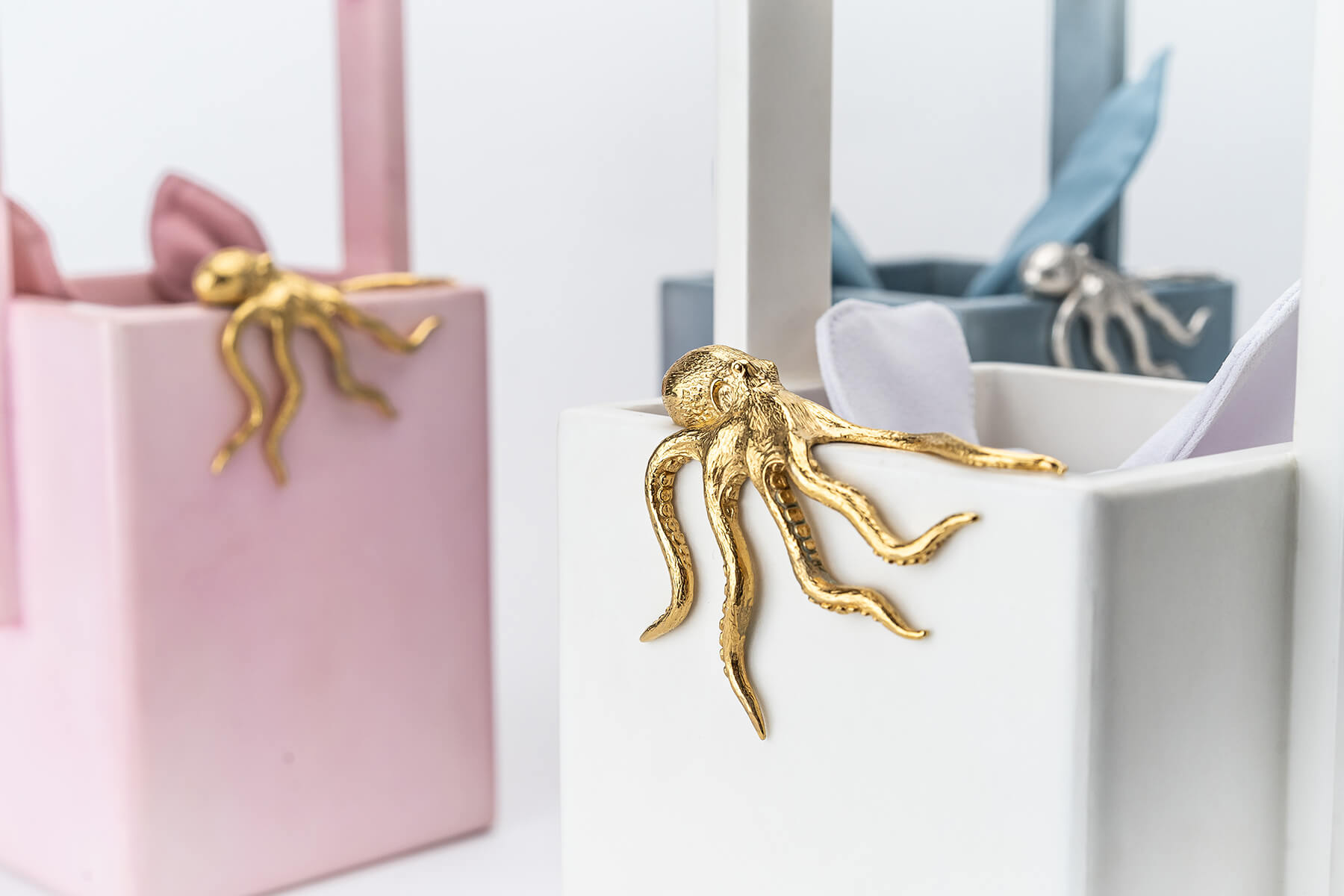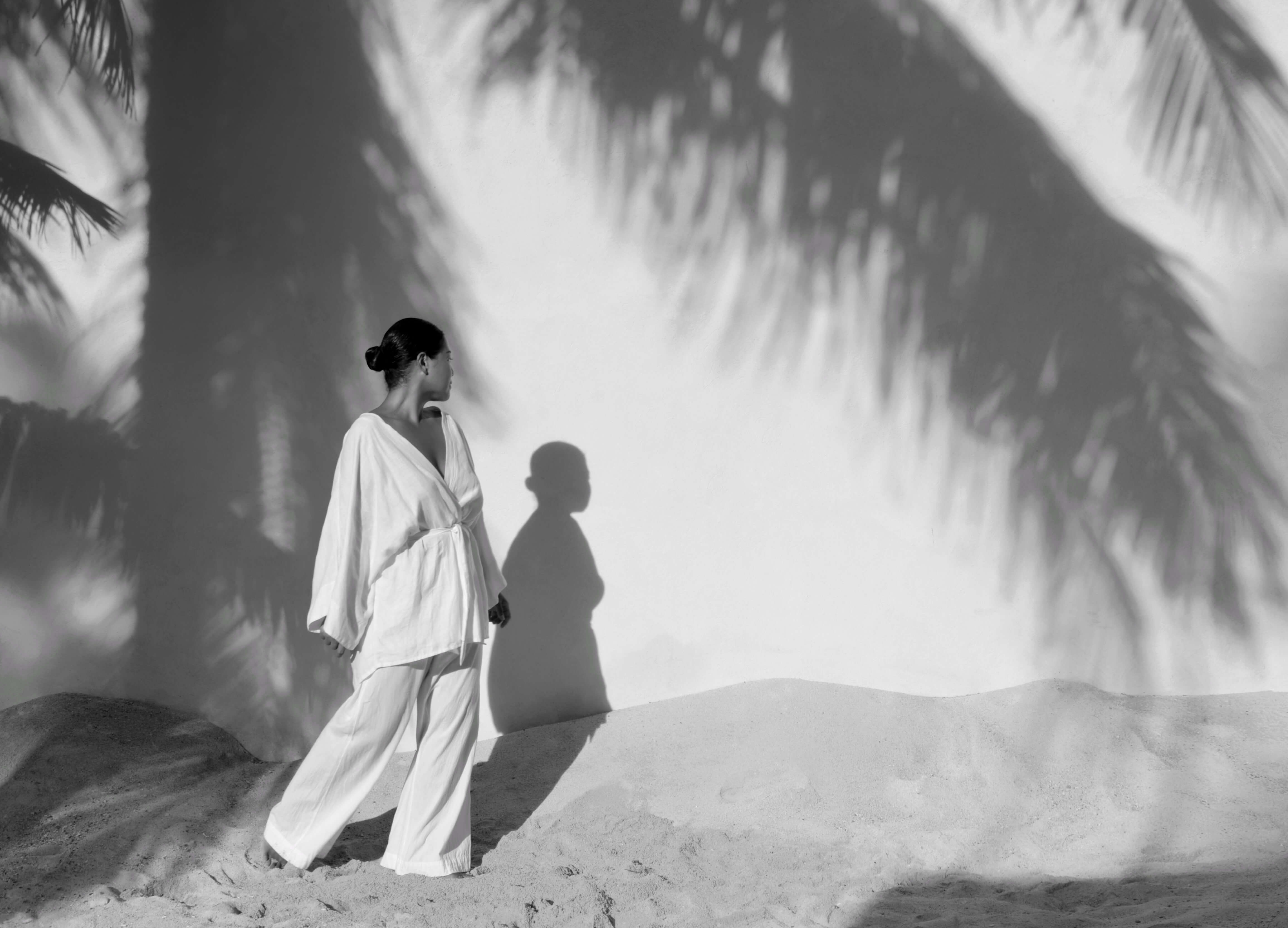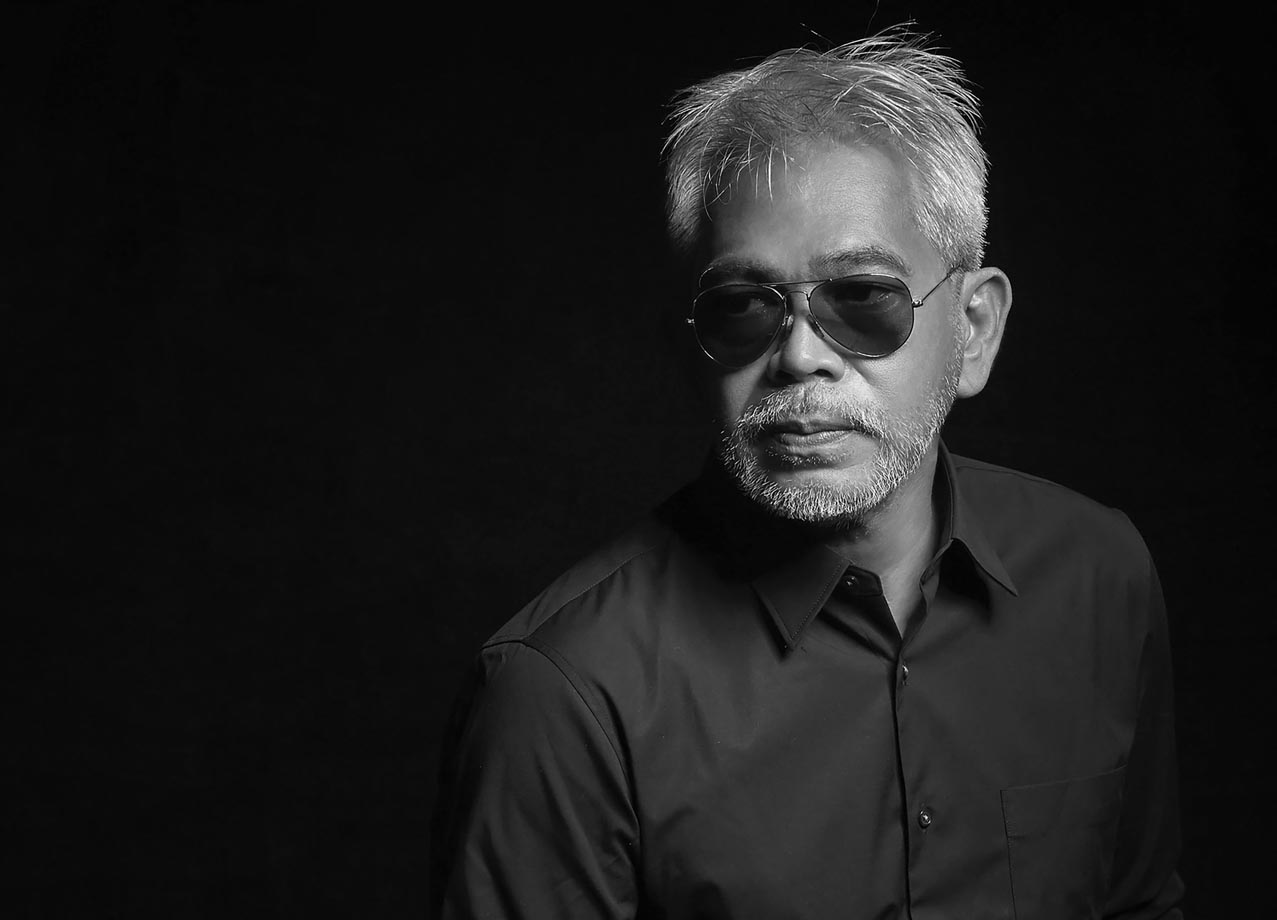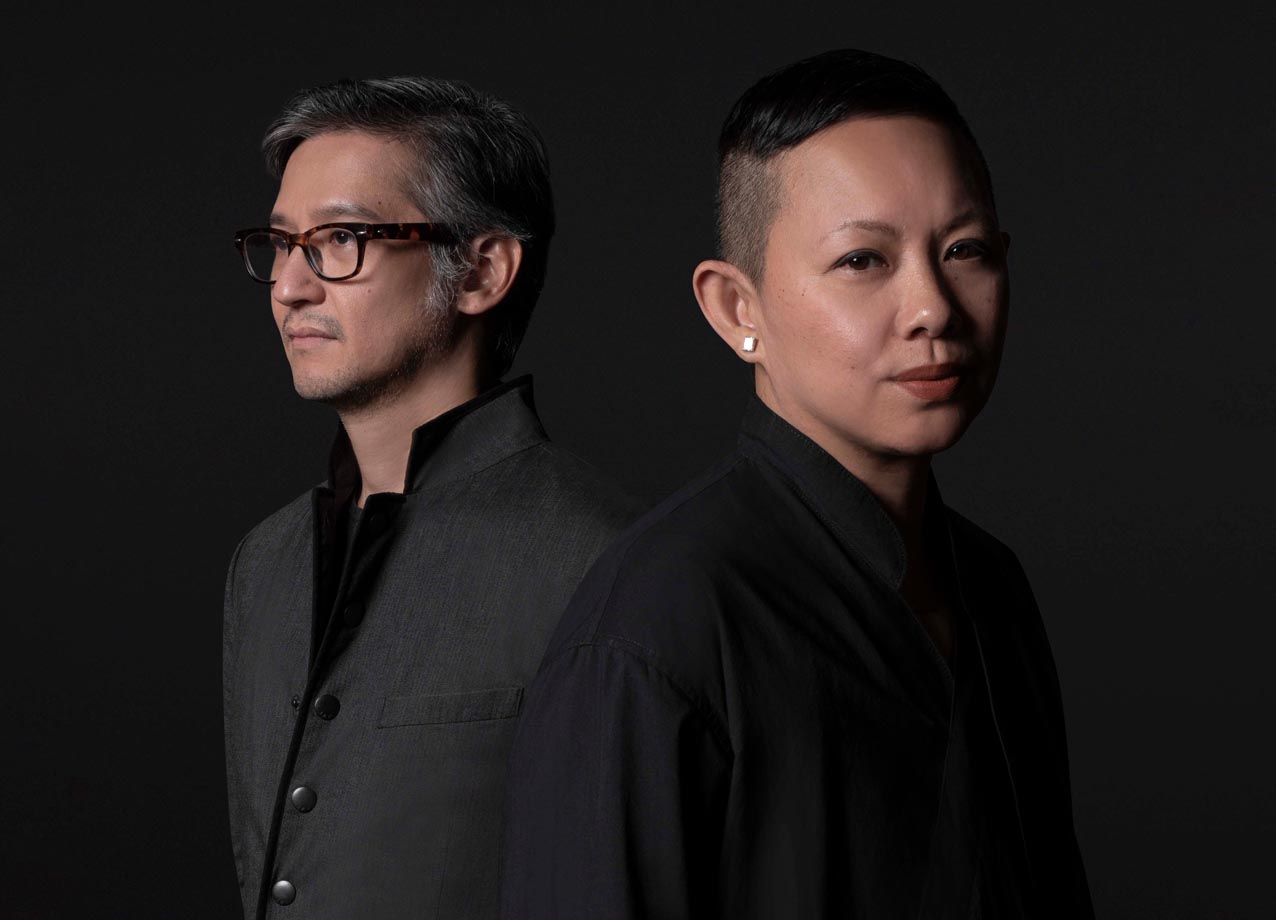
Inside Rita Nazareno and Gabby Lichauco’s Design Mission
An instinct for good design, coupled with their razor-sharp wit and generous spirit, defines the dynamic tandem of Rita Nazareno and Gabby Lichauco. Here, they let us in on their creative, collaborative, and crazy-beautiful process
by Vicky Montenegro
Since 2019, Rita Nazareno and Gabriel “Gabby” Lichauco have been working in tandem, curating collections, mentoring designers, and developing new product designs and concepts for local brands participating in various international trade shows and design exhibitions. “It all started when Pauline [Juan, CITEM Executive Director] and CITEM asked us to be the creative directors for the Maison & Objet in Paris,” Nazareno says.
No strangers to international exhibitions—Nazareno is Creative Director of S.C. Vizcarra and Zacarias 1925 and Lichauco is an industrial designer and principal designer of OpenStudio—the two brought “a contemporary point of view to CITEM’s product development program,” as Juan puts it. “Even if they aren’t millennials,” she hastens to add, “and I can already hear their outcry as they read this!”
“Rita and Gabby get along famously,” Juan also notes. “There’s a lot of laughter while they work—they cajole one another while refining their designs. It’s a unique way to work and you see it in the wit and humor in the end product. Their ties to the visual arts and fashion communities also bring a fearlessness and multidimensional approach to their work.”
In this Creative Dialogue with TouchPoint, the dynamic duo talks about their creative and curation processes, their plans for elevating awareness for Philippine designs (including transitioning from physical shows to digital showrooms), taking a gamble on design decisions—and finding the joy in everything in between.
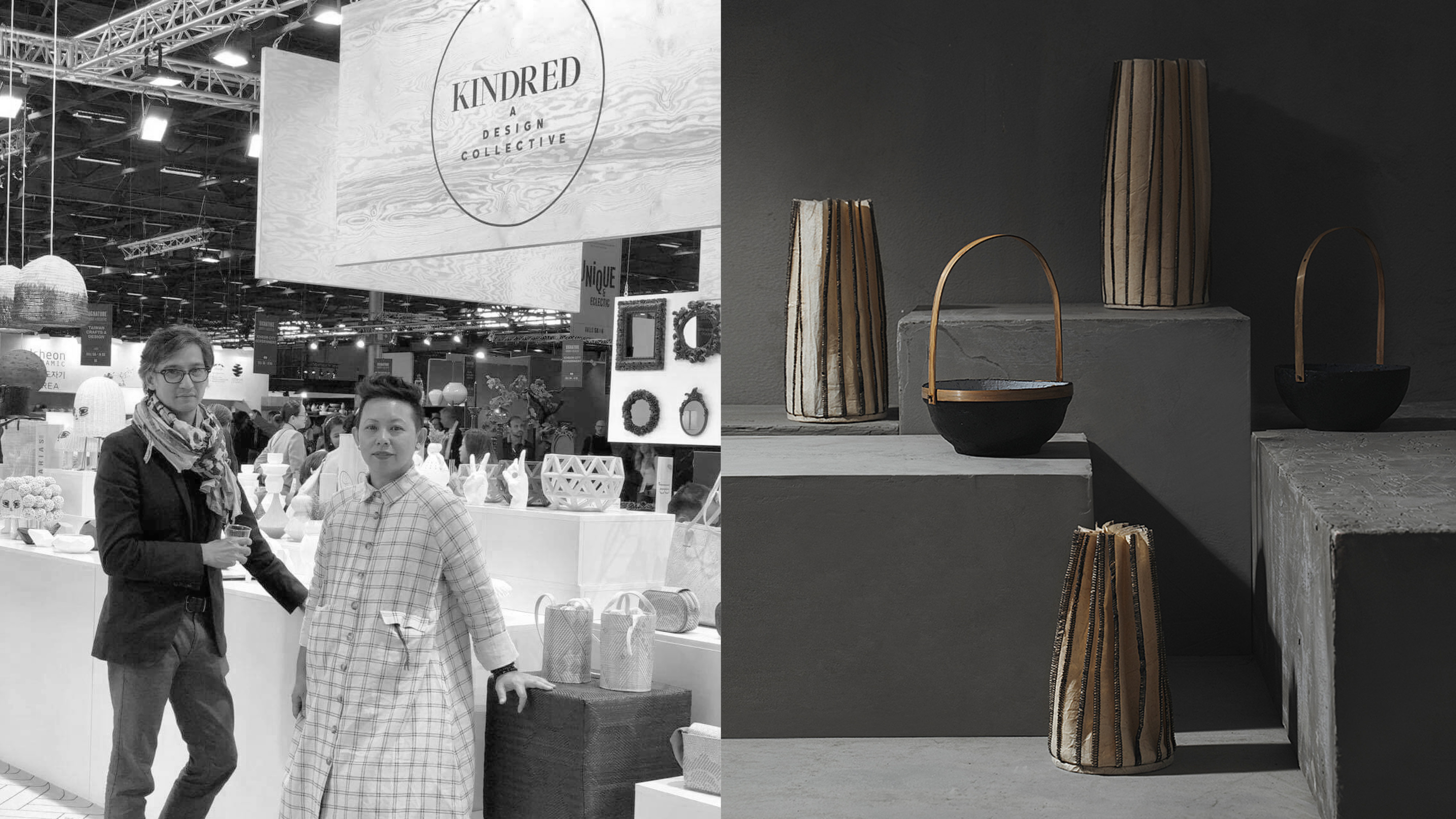
Rita Nazareno and Gabby Lichauco at the Maison & Objet Paris 2019. (right) Indigenous’ products made of organic handmade paper
TouchPoint: Tell us about the very first show, the Maison & Objet Paris in 2019.
Rita Nazareno: Gabby and I wanted to make it very contemporary. And so we decided to put together this collective of 13 different brands. We called it “Kindred: A Design Collective.”
Gabby Lichauco: We wanted to try to bring more companies on board to participate. And so to do that, we thought of having smaller items compared to the previous shows.
RN: Just a background. If you're going through, let's say, the trade show halls in Paris, there's like, seven humongous halls that you're going to see. Gabby and I really wanted to do like an oasis—something calm, something that's not in your face…
GL: We wanted to put value on the pieces. So one of the ideas that we had at that time was doing a museum shop or a gallery set-up, rather than a lifestyle one. Something that’s really focused on the objects; the pieces are just all laid out nicely, very clean. It was also easy for the buyers to communicate with brands or the owners themselves. Every day, we changed things a bit, moved things around.
RN: The buyers really came and a lot of them were so interested. It worked really, really well and all the exhibitors were very happy. We were very happy. And CITEM was very happy. So that's why they asked us to do it again.
GL: When it started, we were pitching the idea of not using "Philippines" as the selling point.
RN: Yeah. Provenance is a selling point, but we didn't want it to be the main selling point. When you're walking through these halls, especially if you're the buyer or you’re a member of the press, you're looking for good design. We wanted the design to be the selling point. And good design is good design, regardless of where it’s from.
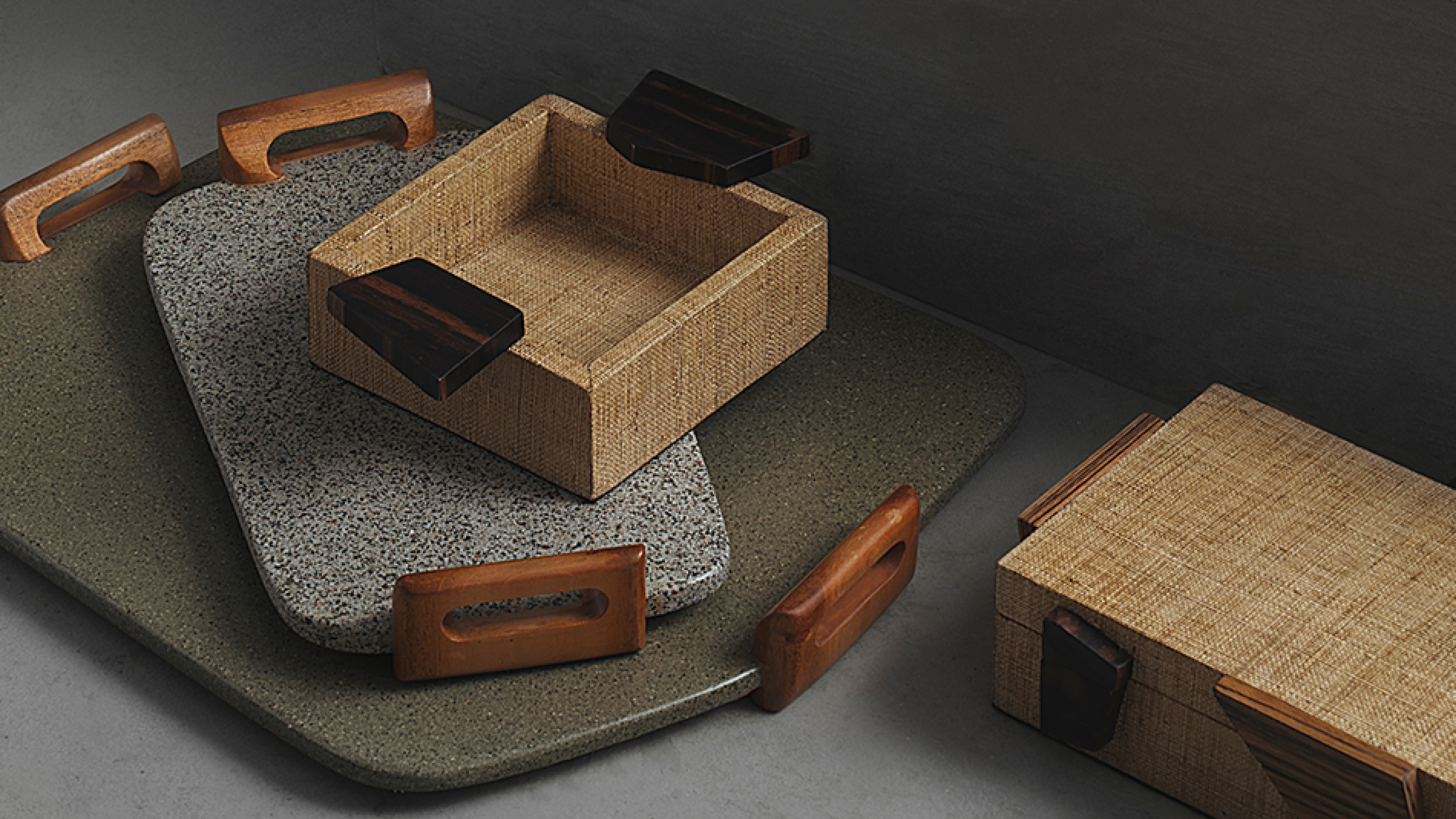
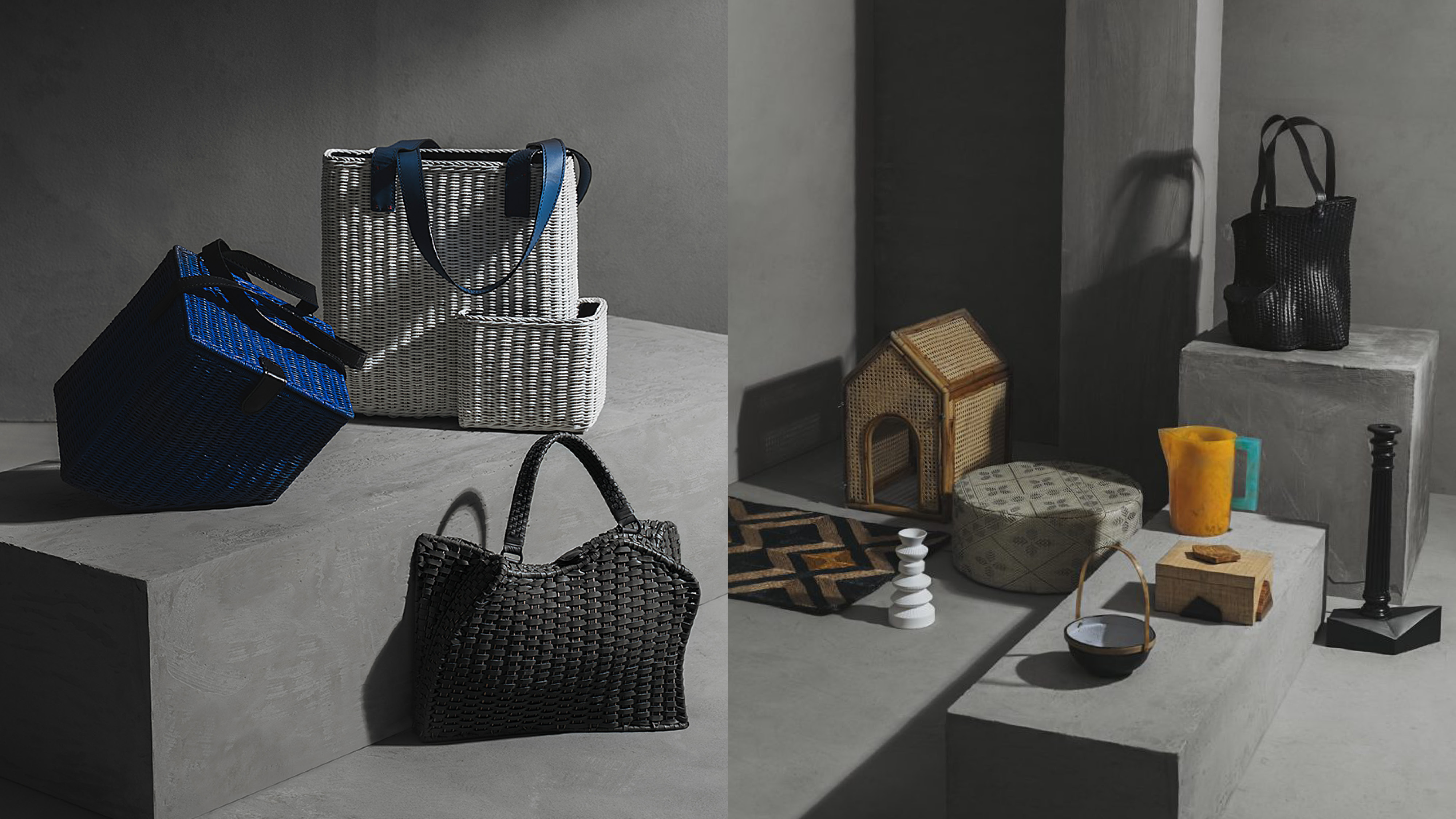
For Maison & Objet Paris 2019, Nazareno and Lichauco formed “Kindred: A Design Collective,” which featured 13 brands, among them, (top) South Sea Veneer; (bottom, left) Zacarias 1925, (bottom, right) E. Murio, Halo Halo, Nature’s Legacy, J.B Woodcraft, Indigenous, and Weave Manila
TP: And then the pandemic happened and everything shifted to virtual and online…
GL: Yeah, the new challenge was: how do we create that environment where the only thing buyers will see are images? So we communicated to the manufacturers that this time it's totally different: they won’t be able to talk to buyers directly, buyers won't be able to see the products directly. So the best way to communicate is through images. It was important for us to do photo shoots so we discussed with Vince Uy and CoStudio on how we were going to go about the whole shoot.
RN: It's been really great, the reaction from press and buyers and even the local community, it's been really quite fantastic. Like even WGSN had picked about four companies from Kindred. And, you know, it's expanded the market for all involved. Like if you don’t usually go to Paris [shows], now you can because everything is online.
GL: And they can take their time in preparing for a show. Compared to a physical show where it's only, like, three days and everybody's rushing. Now they can actually prepare for a couple of months
TP: But are local brands prepared—or capable—in transitioning to digital?
RN: They are. Certain companies already have their digital experience. And then there are some new ones that are just so gung ho that they're just so on it. And I think CITEM really helped in answering all these [digital transition] questions for a lot of the brands.
TP: One exhibitor has described your approach as being unconventional…
GL: Must be the vulva! (laughs)
RN: It must be our sense of humor. (laughs) But, you know, we try to infuse that sense of humor when we work. We like to keep it magaan (“light”). That's how we work. So, maybe that's it. Gabby and I have our own things; we work separately. But when we work together, we work really well. We enjoy what we do, and I think that emanates. Gabby and I really enjoy working with the manufacturers, their materials, and their techniques—and really learning about everything. It's really a collaborative process.
GL: But initially, some brands were resisting a lot of our ideas. Like they wouldn't allow us to visit the workshops—because normally one of the procedures that we do is to visit the workshops for us to be able to really see their process, materials, their environment itself. So some of them are very warm to us, especially the ones that I've worked with through the years. Some are just a bit more resistant.
RN: Proprietary information…
GL: We can't also blame these manufacturers for being a bit more secretive. They have a lot of trade secrets as well, in terms of producing and sourcing out. So it takes a while, I think, for them to warm up. But once they do, well, their workshop becomes your playground, which is fun. And after that first physical show, they started opening up.
RN: There's a cultural change that goes with Gabby and I working with companies through CITEM. Even when we were in Paris, the environment was one of openness and helping each other out. That sets a tone and that's where it starts. And everyone starts to see that there's room for everyone; there's enough sun for everybody. When one succeeds, everyone succeeds.
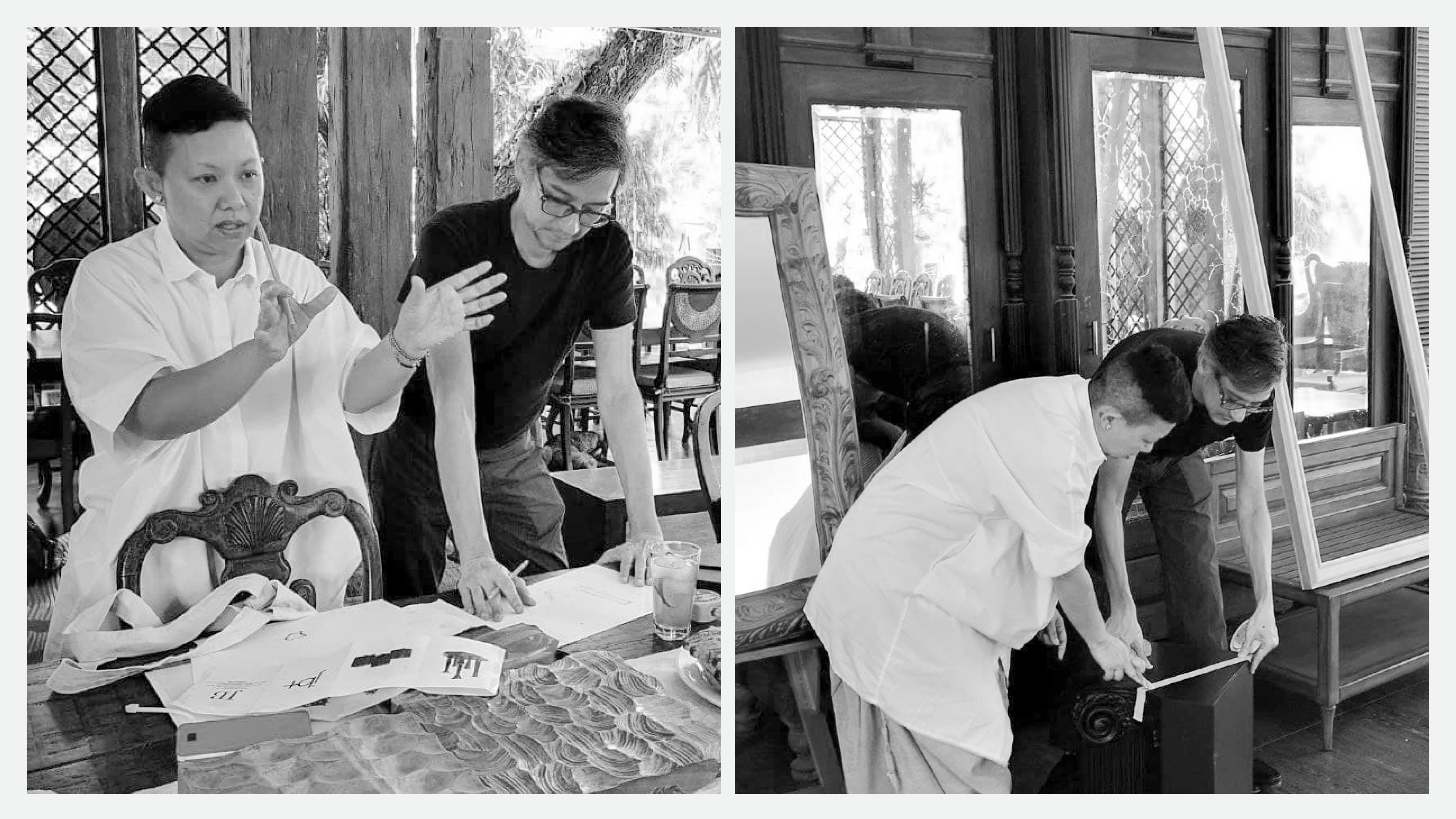
“Rita and I go through architecture, art, design, music videos, images, anything that inspires us,” Lichauco shares. “And then on top of that, we mix it up with the brands’ manufacturing capabilities, their materials. I think that's the basic ingredient.”
TP: What is motivating you in really working hard in pushing for local brands and designs?
GL: Upholding the value of our local products is one of the things that Rita and I agreed on. A product is produced by tradition, by culture, by generations. That adds a lot of value to it, right? Our exposure to these shows and exhibitions through the years made us realize that we need to up the game. We need to create that value for each and every brand—for their objects, their workshops, and everything else. So that is one of our key points that we want to maintain.
For us, it's really about putting everybody out there. It's about creating awareness for everybody and giving everyone a chance. The sales are just a bonus. With our pilot campaign of last year and Maison & Objet, we got a lot of media attention. And we're hoping that we get the same in this next campaign. There's a bit of pressure on our part. But I guess what worked for us in the beginning was having no expectations. (laughs) Just do what we feel like doing. Hang whatever you want to hang there! (laughs) And the platform is huge now. So you have, like, 300,000 buyers registered, and you have a lot of participants, more companies with more objects and with more ideas. So, in a way, you can't be safe. You have to gamble a bit.
TP: You want the brands to just really push the boundaries.
RN: Yes! In design, in technique, and in their marketing and their branding.
GL: And once they get that attention from the buyers, then the buyers will see what they're capable of.
RN: You need to be very flexible, especially nowadays. Things have changed from 10-20 years ago. Like some of the buyers will take three to six months before ordering. I even have a buyer that took a year! Or before, you would have, like, big containers full of orders. These days, you’ll be dealing with smaller companies or buyers looking for bespoke pieces that they need for stores so they don't need a container of your stuff. So you change your minimums. Now I get orders through Instagram—not even email—and they’re serious buyers. So you need to adapt to these changes. But of course, at the end of the day: design first and foremost.
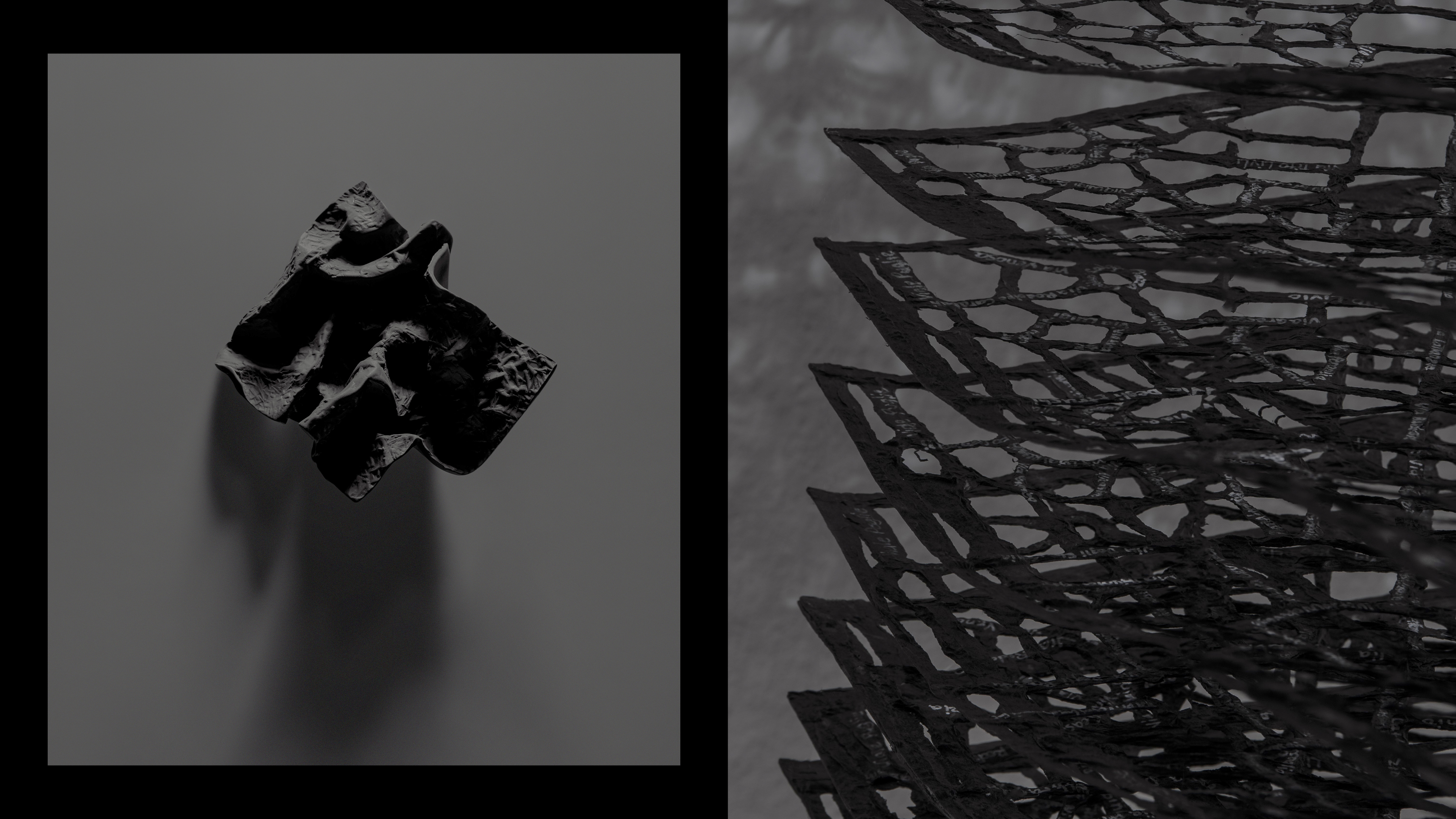
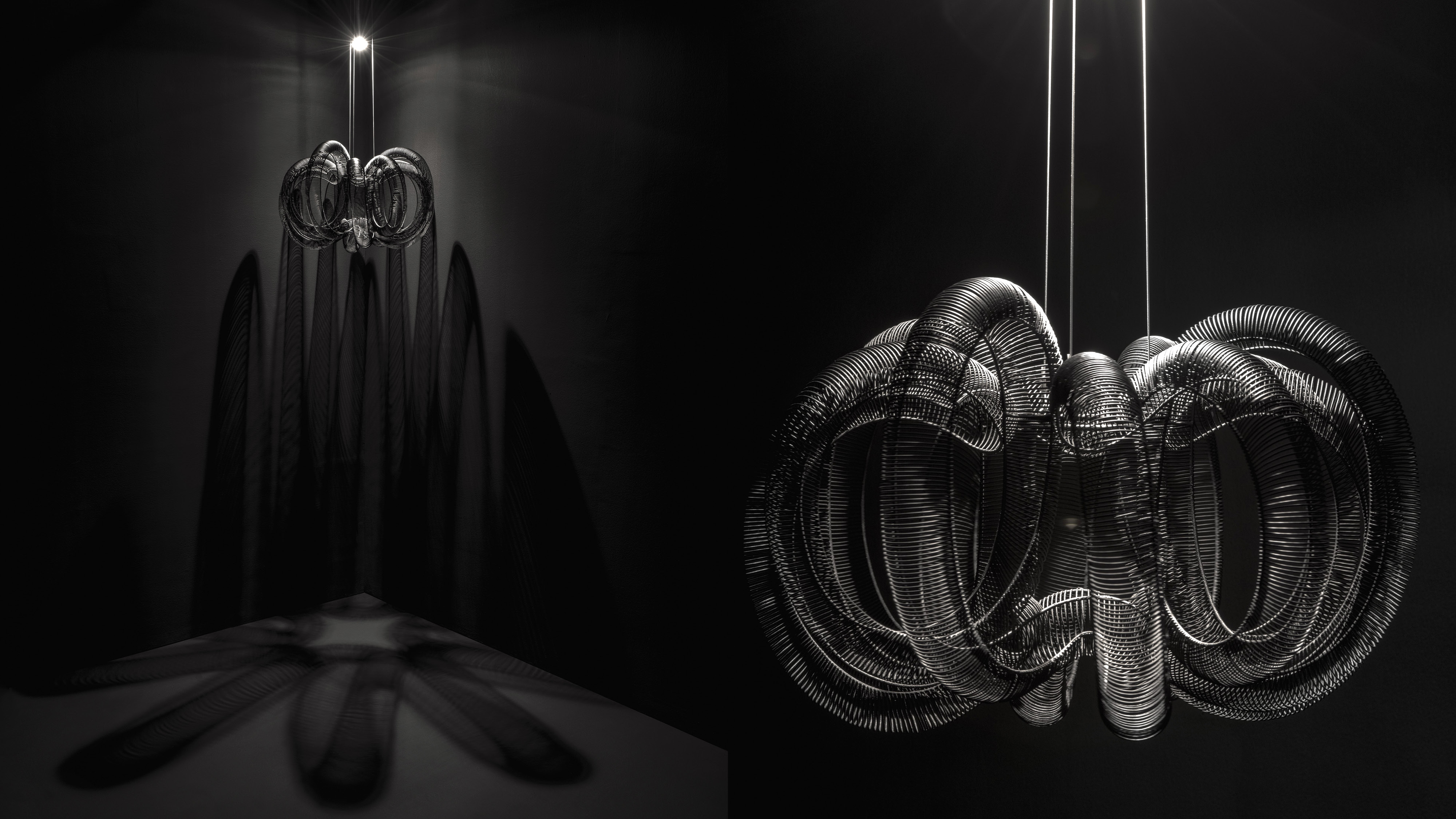
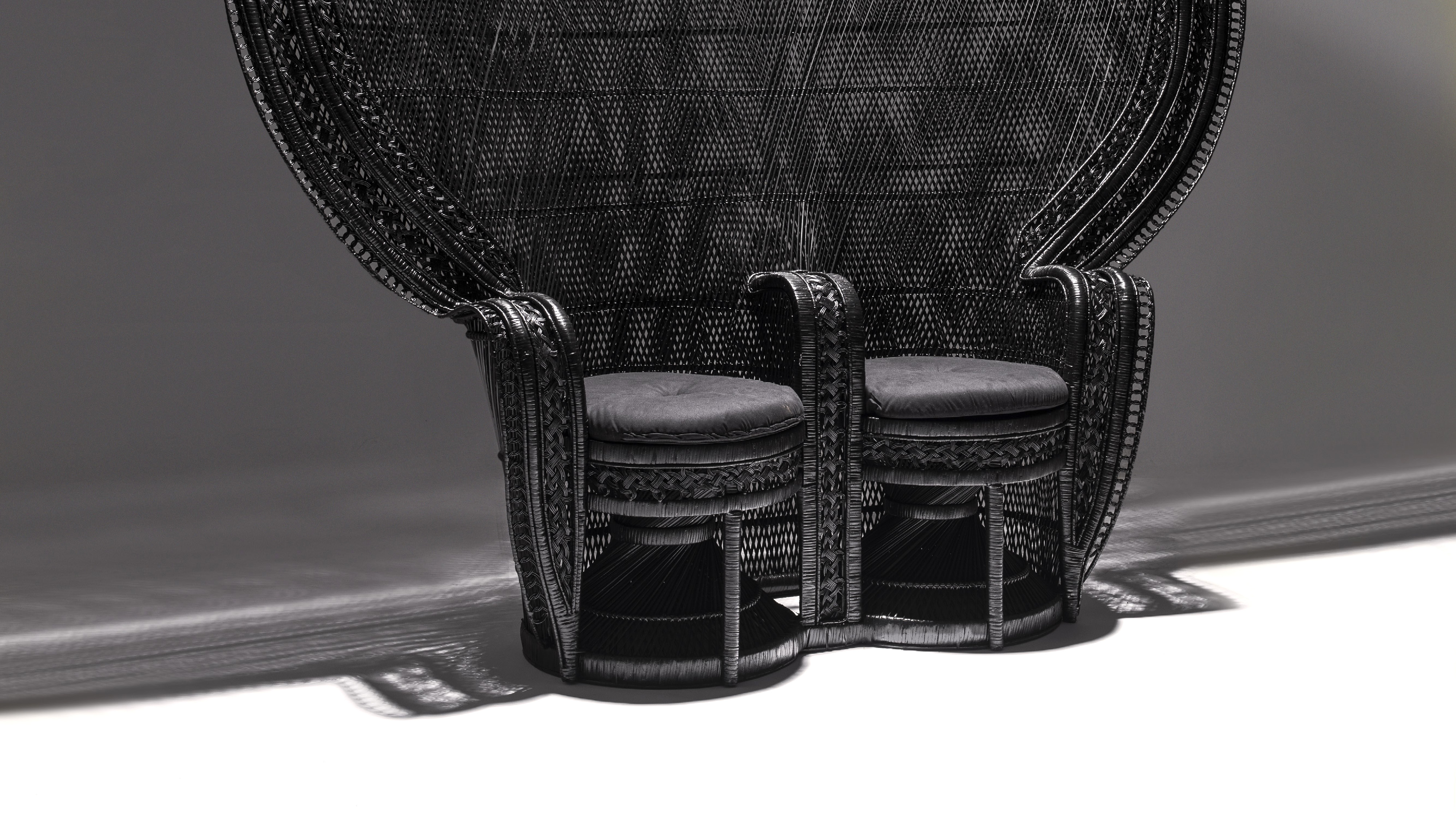
Originally planned for Milan Design Week in the summer of 2020, “Itim: Material Manipulations in Black” was reconceived and later exhibited in Aphro and in FAME+. It featured brands such as (from top) CSM Philippines (left), MASAECO (right), Schema, and Vito Selma
TP: How do you come up with ideas for product development and designs?
GL: Before we actually come up with ideas, we love to visit their workshops, look through their archives. For us, if it's a design done by a designer 10 years ago but it fits the concept, then we bring that out. If it's something that just needs a little tweaking to have a more contemporary aesthetic, then we do that. I think the way we choose or we pick items, we go with our gut feel. Then we also develop new ideas for some companies. What we try to also change in their mindset is not all products will sell right away. Because they got so used to that—20 years ago, anything new, buyers will buy. It's not like that anymore.
RN: Let pieces breathe. Give it time. And aside from looking through their archives, I think, Gabby and I message each other a lot—even at 3 in the morning! We’ll really bounce ideas off of each other. And I think that kind of communication, that keen interest and exploration, those things generate a lot of ideas.
TP: Do you mind the trends?
RN: Me, I don’t.
GL: I don’t, too.
RN: And maybe that's why we're kind of unconventional?
GL: For me, it's more of the value of the objects and the design. You shouldn't even think that because it's a trend, it's going to be the major direction. And there are so many buyers, so many customers all over the world, and there's going to be one or two or 10 who will appreciate the aesthetic that you're doing.
RN: Because it always comes out of, like, a spark. There's a passion involved in how we kind of explore things. The buyers and the press see that. It's not just your usual trend that you see everywhere. There’s something special about it, could be the technique or the material, or the design and the idea behind it.
GL: I think what’s interesting in our approach is you can't read it. And that's always been my aesthetic. And I think also with Rita. Not to brag or anything, but I guess we've got deep references—we go through architecture, art, design, music videos, images, anything that inspires us. And then on top of that, we mix it up with the brands’ manufacturing capabilities, their materials. I think that's the basic ingredient.
TP: You talked repeatedly about “upping the game” and “upholding the value of a piece.” Your advice to brands on how to do just that?
RN: I think by consistently exploring and advancing their designs, the materials, their own selves—that’s a good formula. I think discourse and/or collaboration are pretty important so find yourself a sincere sounding board. Dieter Rams has 10 principles to good design that are pretty spot on.
GL: The practice of designing and manufacturing needs creativity. One has to continuously find a new process, investigate new materials, and take risks to allow discovery.
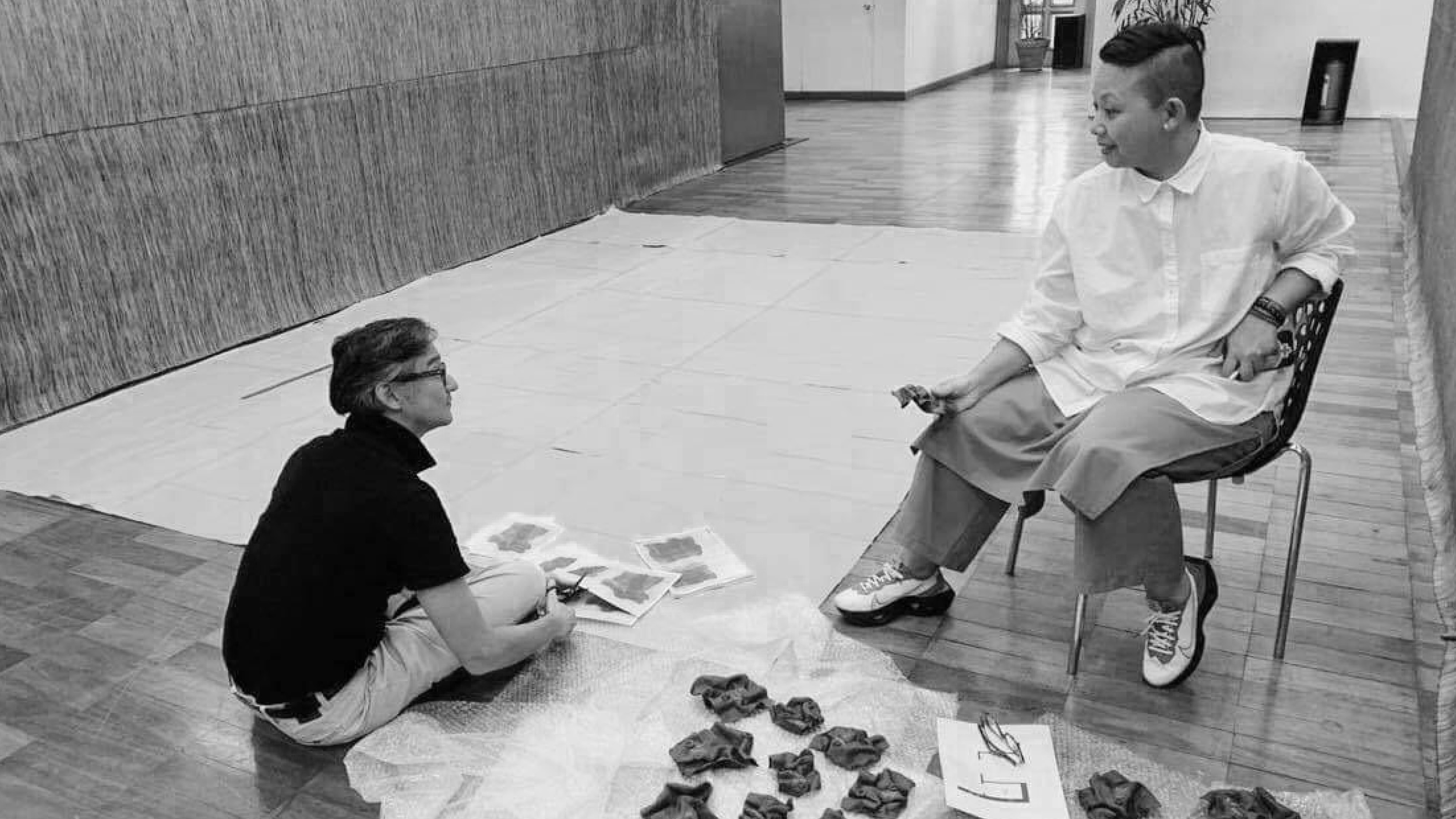
“There's a cultural change that goes with Gabby and I working with companies through CITEM,” Nazareno explains. “The environment is one of openness and helping each other out. That sets a tone.”
TP: So what are the goals for 2021? Or are you going to go with the flow and see things as they unravel?
GL: So many years ago, it started with six to eight companies. And then we brought it up to 13 in 2019. After seeing the output—in terms of awareness, inquiries, media coverage—more companies got interested. So now we're doing at least 25 companies for this new campaign. So it just doubled so quickly. We don't know yet if the other companies are going to fully support our ideas. But yeah, I think let's see how it goes.
RN: I'm excited! The March campaign is already done, but the one for September—where we're literally going to be working on assessing collections for 25 companies—I think it's going to be fun.
GL: For March, the theme is white out. It’s all white.
RN: It’s loads of textures in white. We were saying that 2020 was such a mess of a year and we wanted the beginning of the year to have this clean slate. So something fresh, something revitalizing. And then for September, we'll go…
GL: Wild! (laughs)
TP: Exciting things ahead, definitely. But so far, what has the whole experience been like?
GL: It's been an adventure. In the last few weeks, we've been like sales people (laughs)—pitching the idea of participating in digital to, like, 10 companies. A lot of companies and designers struggled with the pandemic and so you want to give them a positive note on what this platform, this campaign can do for them. And we make sure that we're hands on with everything else and, you know, sometimes they would text us at 9 or 10 p.m., sending us pictures, giving an update, asking a question. It’s non-stop, yeah, but we try to accommodate all these things because we know that, on their side as well, they need it.
RN: It's been a pleasure. It's been a privilege to work with Gabby, the CITEM team, the manufacturers, and the other designers. And, you know, we say, "para sa bayan" (“for the country”), and at some point, it’s really true. You want the best for everyone involved, and it's really been an honor.


